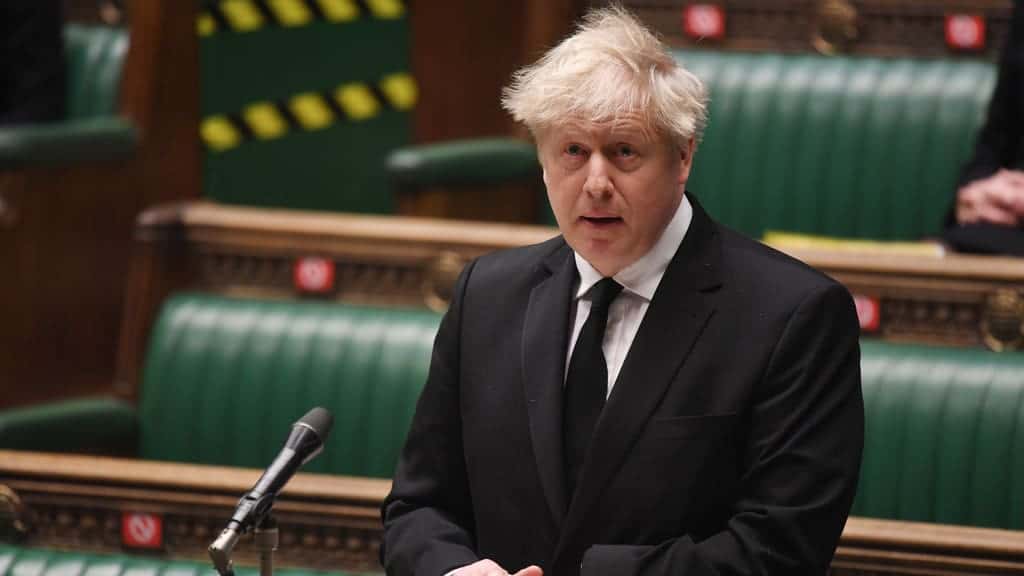Climate change is making India's monsoon stronger and more chaotic, scientists said Wednesday, warning of potential severe consequences for food, farming and the economy affecting nearly a fifth of the world's population.

A new analysis comparing more than 30 climate models from around the world predicts more extremely wet rainy seasons, which sweep in from the sea from roughly June to September each year.
Researchers at the Potsdam-Institute for Climate Impact Research (PIK) found strong evidence that every degree Celsius of warming would likely increase monsoon rainfall by about five percent.
The study not only confirmed trends seen in previous research, but found "global warming is increasing monsoon rainfall in India even more than previously thought," said lead author Anja Katzenberger, also of Ludwig Maximilian University.
 © XAVIER GALIANA Excess monsoon rains can have an impact on agriculture and the economy
© XAVIER GALIANA Excess monsoon rains can have an impact on agriculture and the economy"It is dominating monsoon dynamics in the 21st century."
This raises the possibility that key crops -- including rice -- could be swamped during crucial growing stages.
Moreover, the monsoon is likely to become more erratic as warming increases, according to the study, published in the journal Earth System Dynamics.
"Since Indian society is overall affected by the monsoon in a very strong way, stronger variability produces problems for agriculture, but also for the organisation of public life," said Anders Levermann from PIK and Columbia University.
"If your roads are flooded, if your train tracks are flooded, that inhibits economic productivity."
He said the year-to-year variability would also complicate strategies to cope with the increasing strength of the rainy season.
"More chaos in the Indian monsoon rainfall will make it harder to adapt," he told AFP.
- Climate impacts -
The research tracked dramatic shifts in the monsoon from the mid-20th century, when human-driven alterations began to overtake the slower natural changes that occur over millennia.
Initially, air pollution from aerosols -- which largely reflect sunlight and act to subdue warming -- caused monsoon rainfall to decrease.
But then, from the 1980s, the warming effects of greenhouse gases began to dominate, driving stronger and more volatile rainy seasons, the researchers said.
The planet's average surface temperature has gone up 1.1 degrees Celsius on average compared to the late 19th-century, with much of that warming occurring in the last half-century.
The 2015 Paris Agreement enjoins the world's nations to collectively cap global warming at "well below" 2C, and even 1.5C if feasible -- although experts say that target is fast slipping out of reach.
Last year, five of the most costly extreme weather events in the world were related to Asia's unusually rainy monsoon, according to a tally by the charity Christian Aid.
Intense flooding in China and India, where the monsoon season brought abnormal amounts of rainfall for the second year running, are consistent with projections on how climate will impact precipitation.
In 2013, some 6,000 people died when flash floods and landslides swept away entire villages in the Indian state of Uttarakhand as rivers swollen by monsoon rains overflowed.












